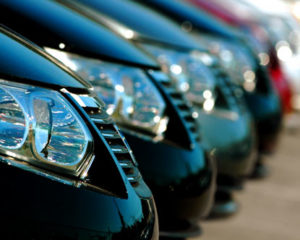Welding table tools store UK today
Top rated welding tables for cobot & robot welders shopping UK: Materials Used in Welding Tables – The choice of materials in welding table construction is a factor that directly impacts the table’s durability, heat resistance, and overall performance. In this section, we’ll explore the most common materials used in welding tables to help you understand their advantages and suitability for your welding needs. Steel Welding Tables Advantages: Durability: Steel welding tables are renowned for their exceptional durability and longevity, making them ideal for heavy-duty welding tasks. They have a smooth surface and are spatter-resistant with a nitriding treatment. Steel welding tables are a good option for people who mainly do TIG work. Or people who do a 50/50 mix of MIG and TIG we recommend steel tables with a nitriding treatment. Heat Resistance: They can withstand high temperatures without warping or deteriorating, ensuring a stable work surface. Stability: Steel tables offer superior stability, which is crucial for precise welding.
Steel, especially from North America, Japan, Europe and Korea, can be purchased in specific blends, rendering consistent and reliable results. Carbon steel offers excellent strength and durability. It can withstand heavy loads and impacts, making it suitable for demanding welding applications. Carbon steel has a relatively high thermal conductivity, which means heat can dissipate quickly during welding. This helps reduce heat buildup and minimizes distortion in the welded components. Extremely easy to repair or modify. If a table is dented or damaged it can often be repaired by simply using filler weld and then sanding. And of course it’s simple to weld or bolt things on if you need to.
Adjustable Welding Tables Advantages: Versatility: Adjustable welding tables allow you to change the height, angle, or configuration to suit different welding projects. Ergonomics: You can tailor the table to your preferred working height, reducing strain and fatigue. Adaptable: These tables are suitable for various welding techniques and project requirements. Considerations: Cost: Adjustable welding tables are much more expensive than fixed ones due to their added complexity. Complexity: They may have more moving parts, which will require maintenance. Portable Welding Tables Advantages: Mobility: Portable welding tables are designed for mobile welders. They are lightweight and often come with wheels, making them easy to transport. Read more info on traditional welding tables shopping UK.
Types of Welding Tables – Welding tables come in various types to suit different needs. Understanding the types available will help you choose the one that fits your workspace and project requirements. Fixed Welding Tables – Fixed welding tables are robust and designed for stationary use in workshops. These tables are usually heavy and stable, making them ideal for large and complex projects where precision is crucial. Portable Welding Tables – For those who need mobility or have limited space, portable welding tables are an excellent option. They are lighter, often foldable, and easy to move, making them perfect for smaller jobs or outdoor projects.
We’ll dissect the variety of welding tables available, crucial selection criteria, the materials integral to their design, and vital upkeep pointers to guarantee longevity. Safety considerations aren’t left behind; we’ll also offer insights on pairing your unique welding tasks with the right table, ensuring you weld with trust and precision. Welding tables are the unsung heroes of any welding workshop, offering a sturdy foundation for your projects and ensuring your welding tasks are carried out with precision and safety. In this section, we’ll delve into the fundamental aspects of welding tables to help you understand their importance and role in welding projects.
The cost of a stainless steel welding table can be prohibitive. It’s often 3 times as much as carbon steel due to the higher material cost and more stringent environmental variables required for manufacturing. A slightly lower thermal conductivity compared to carbon steel means stainless tends to hold heat longer than carbon steel, or aluminum surfaces. Surfaces can be marred by welding spatter if not protected, which is also true for other materials – but stainless is normally kept extremely clean to prevent contamination and without oils or anti-spatter coatings it’s more susceptible to certain welding processes like MIG. Aluminum is obviously the most lightweight and portable of the common materials.
